-
Toxicity testing of wastewater and sewage sludge by biosensors, bioassays and chemical analysis
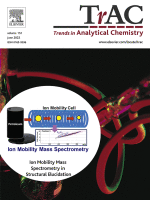
-
Crystallization techniques in wastewater treatment: An overview of applications

-
Economic evaluation of salt recovery from wastewater via membrane distillation-crystallization

-
A Review on Emerging contaminents in wastewaters and the environment
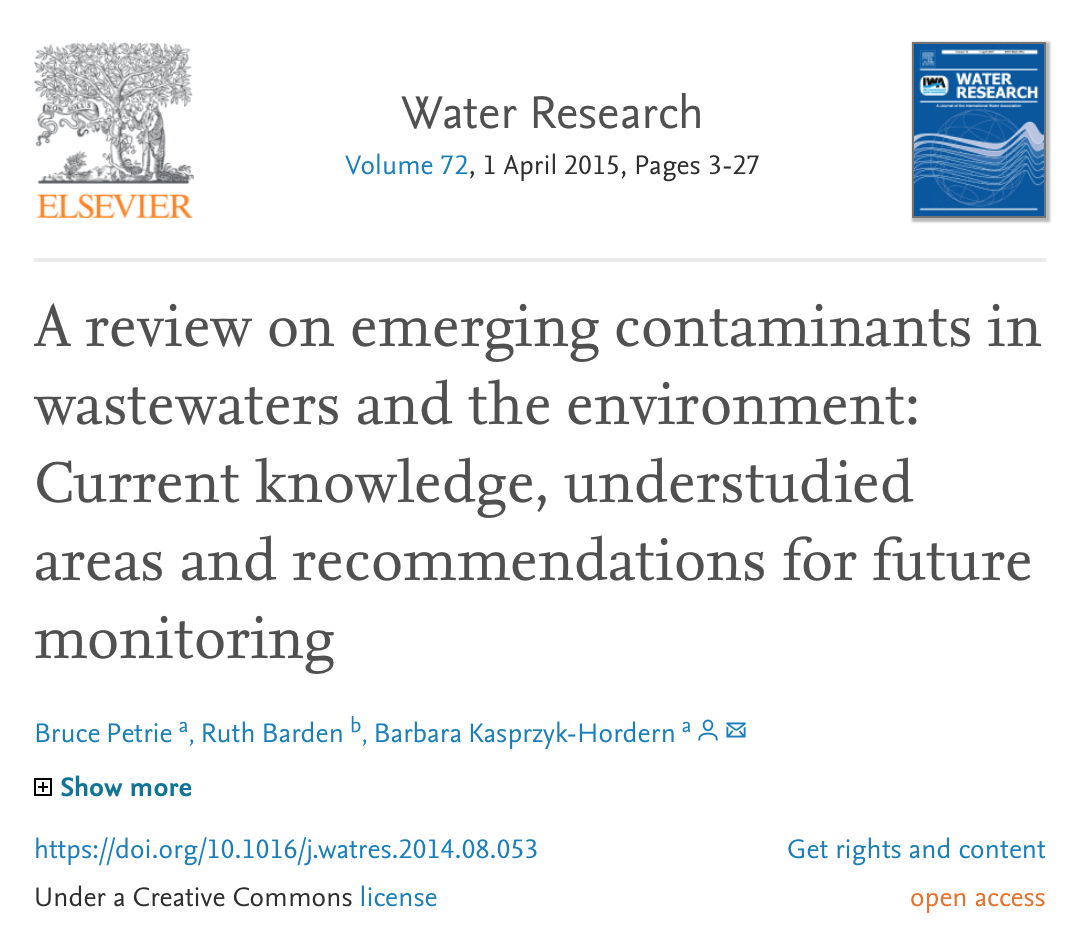
This is an academic journal article written in 2014 that “identifies understudied areas of emerging contaminant (EC) research in wastewaters and the environment, and recommends direction for future monitoring.” SOURCE: Science Direct
-
Microplastics in Wastewater Treatment Plants: Detection, Occurence, and Removal
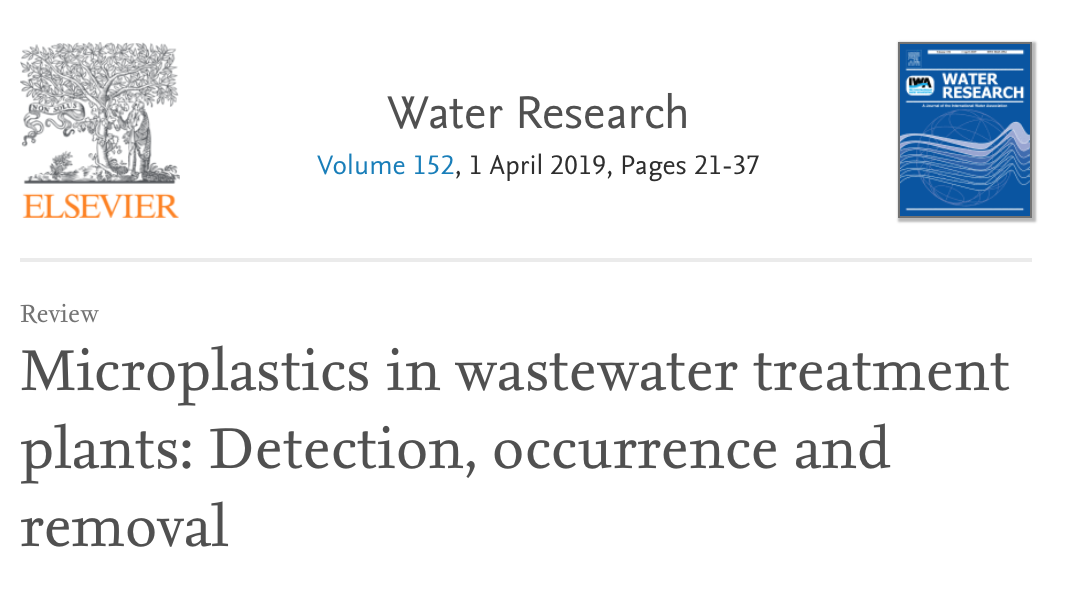
This is an academic journal article written in 2018. It reviews the current “detection, occurrence and removal of microplastics in WWTPs. Specifically, the different techniques used for collecting microplastics from both wastewater and sewage sludge, and their pretreatment and characterization methods are reviewed and analyzed.” SOURCE: Elsevier
-
Water Quality Management

This is an academic journal article from 2011 that overviews water availability, quality, and regulations in Egypt. SOURCE: Mediterranean Environmental Technical Assistance Program (METAP)
-
Wastewater Production, Treatment, and Irrigation in Middle East and North Africa
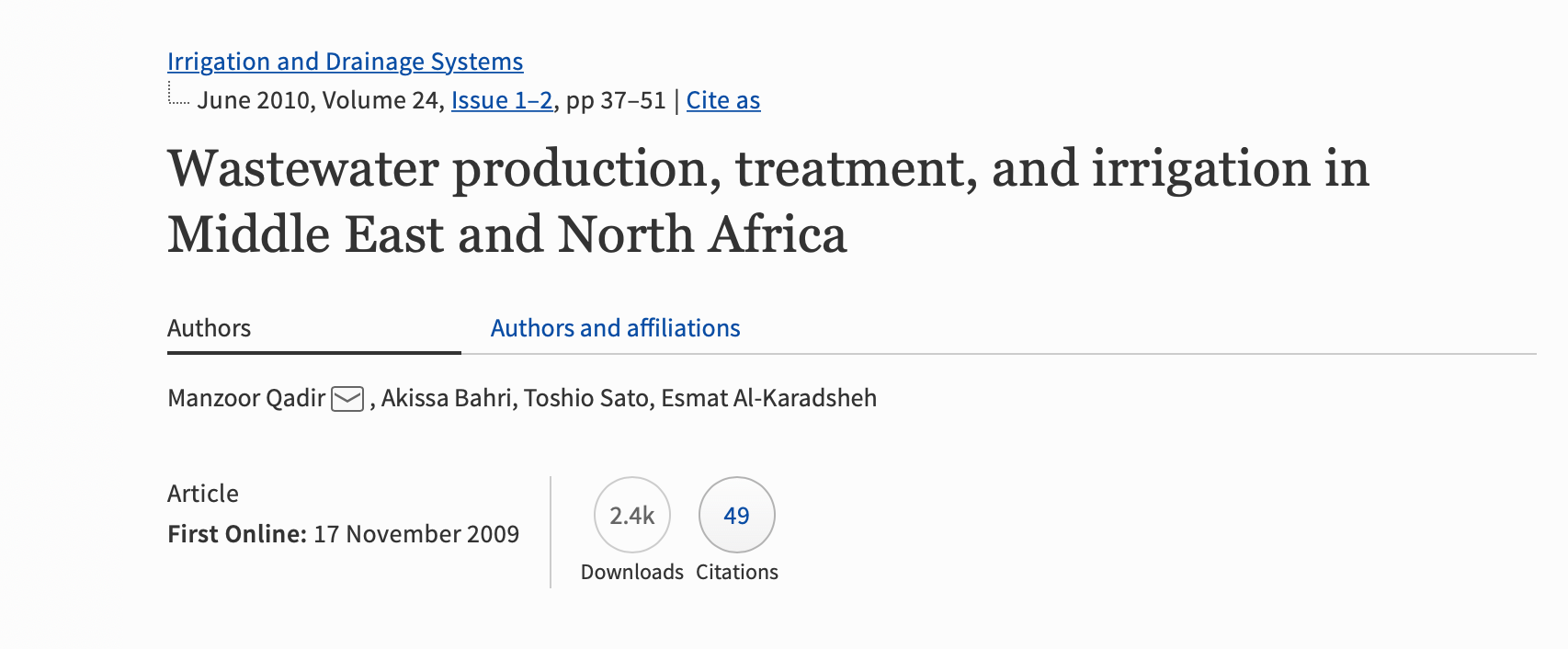
This is an academic journal article from 2009 that describes the water situation in MENA. SOURCE: SpringerLink
-
New Methods in Textile wastewater treatment
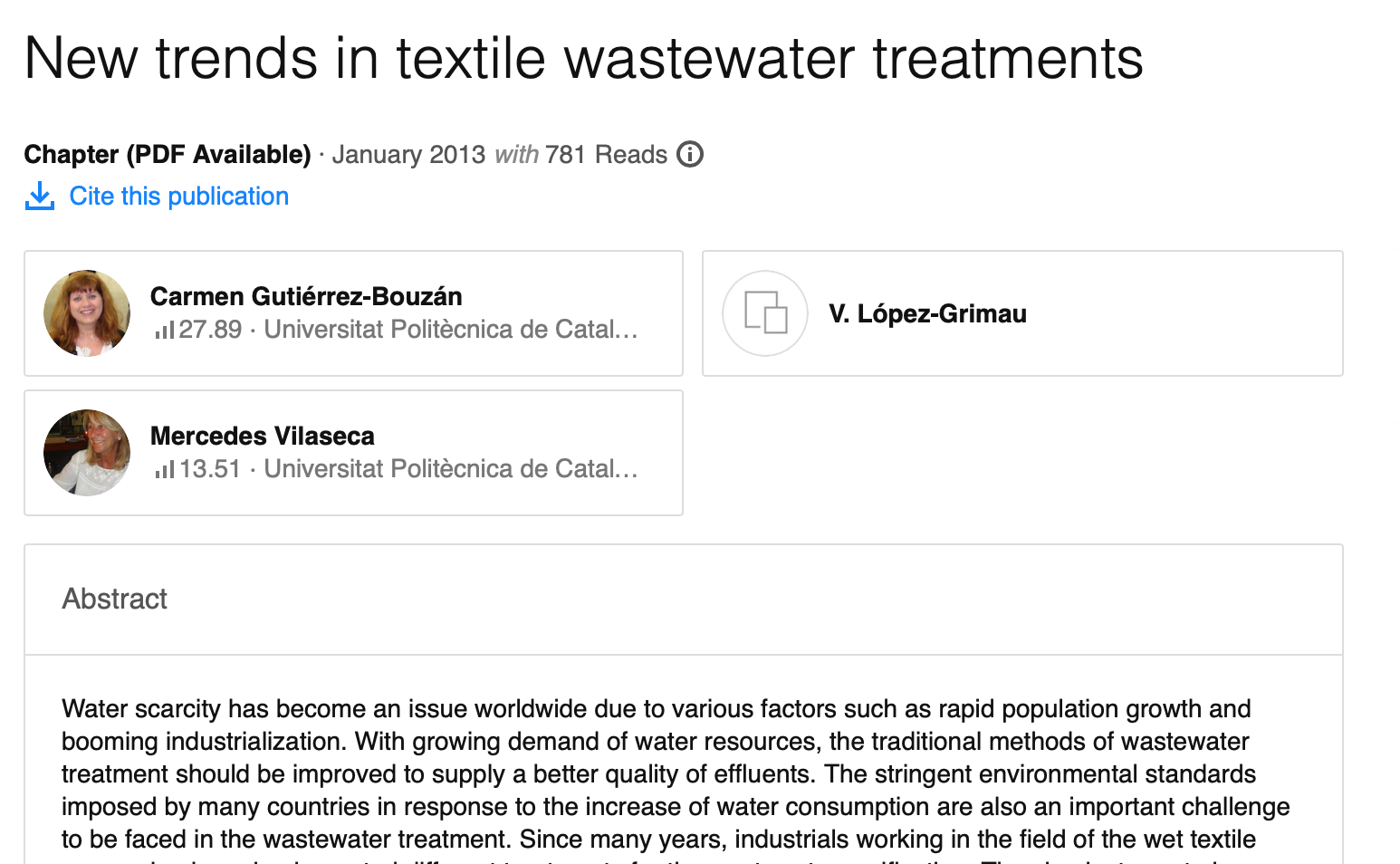
This is chapter 13 of the book “Dyeing: Processes, Techniques, and Applications” Ed. Nova Science 2013. ISBN: 978-1-62808-871-7. It includes an overview of the main technologies for textile wastewater treatment, from the conventional physico-chemical and biological treatment to the more recent membrane bioreactors. Their efficiency and feasibility are discussed as well as the possibility of […]
-
Industrial Wastewater Management
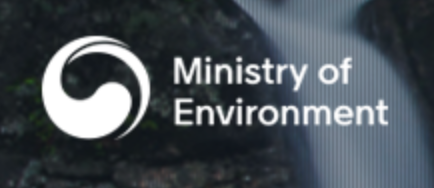
This is an academic journal article written in 2012. It characterizes spatial and temporal changes in water quality (specifically physico-chemical variables plus priority and non-priority pollutants) of discharges from industrial complexes on a national scale in North Korea. The data were provided by the Water Quality Monitoring Program operated by the Ministry of Environment, Korea […]
-
Current Technologies for Biological Treatment of Textile Wastewater
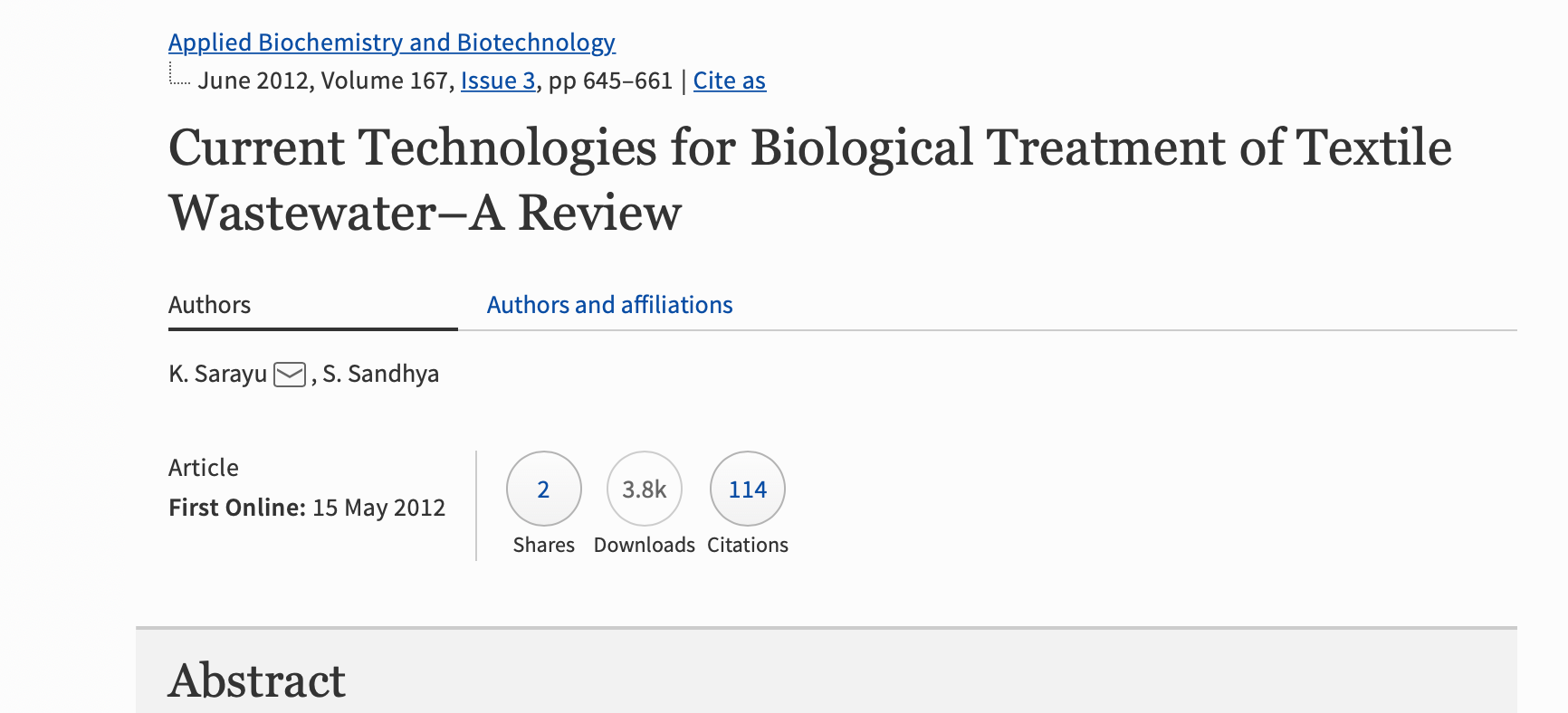
This is a paper that was written in 2012. It provides a critical review on the current technology available for decolorization and degradation of textile wastewater and also suggests effective and economically attractive alternatives. SOURCE: Applied Biochemistry and Biotechnology